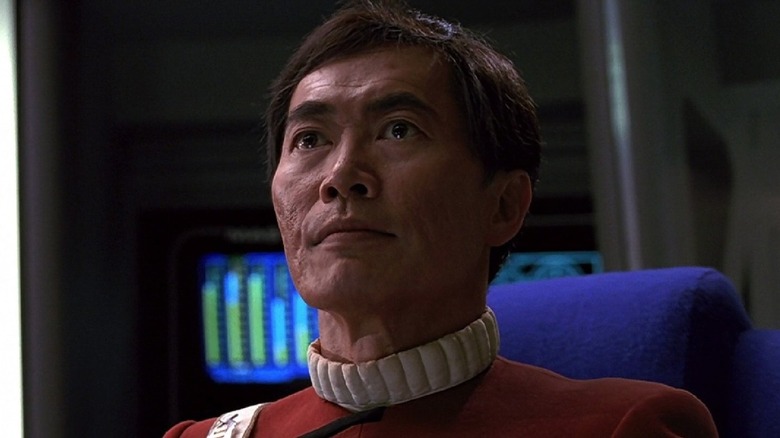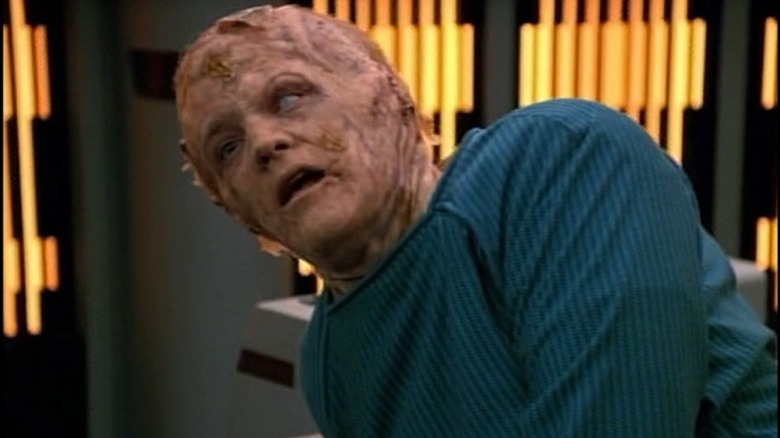Star Trek Theory: The Excelsior's Transwarp Test Worked
For all its newfangled transwarp malarkey, the Excelsior was very much the Charlie Brown of the "Star Trek" fleet, constantly having the football pulled out from in front of it. Yes, it eventually took the starship equivalent to a quiet desk job, looking for weird gas in the Beta quadrant under the command of Hikaru Sulu (George Takei) in "Star Trek VI: The Undiscovered Country." But before that, it was space-grounded by a power failure in "Star Trek IV: The Voyage Home," and even more embarrassingly sabotaged by Montgomery Scott (James Doohan) in "Star Trek III: The Search for Spock" during an attempted interception of the Enterprise. From the looks of things, this was the kerfuffle that smothered Starfleet's transwarp ambitions.
Or maybe, one fan theory goes, the transwarp experiments worked just fine. Maybe the problem lies in the definition of the word "transwarp." Maybe Starfleet not only succeeded in mastering transwarp travel, they made it so ubiquitous that nobody even thinks of it as something special anymore, and the word has come to mean something entirely different. It could just be that the Excelsior's transwarp drive was what allowed later-era Starfleet ships to jump directly to high speeds instead of needing to ramp up like in the old days.
Does the theory hold up? Not without a lot of popsicle sticks and duct tape, but let's dive in anyway.
Transwarp speeds: famously successful in Star Trek
In practice, justifying that the Excelsior was a success story takes a lot of mental gymnastics. First, you'd have to ignore the fact that the stated purpose of the Excelsior's transwarp drive wasn't to increase acceleration. It was hot, nasty speed. Captain Styles (James B. Sikking) said so in a more dignified way during "Star Trek III." He was hoping to beat the Enterprise's speed record, not show off how quickly he could get from zero to 60.
Additionally, the theory calls for some wild linguistic tomfoolery, assuming that "transwarp" started out meaning "having the ability to jump from stationary to warp five" and not "having the ability to go so fast your face melts." However, at some point before the events of "Voyager," the word came back around as shorthand for "faster than warp," explaining why it was spoken in reverent tones when the Borg used it to get around. Then there was that time Tom Paris (Robert Duncan McNeill) used "transwarp" to describe the speeds he'd need to travel at in order to get one of the worst "Star Trek" ailments on offer and turn himself into a fertile salamander. The franchise isn't all winners.
The theory that the Excelsior actually succeeded might not hold up. It might not even be worth considering. Seeing it written down, you almost have to wonder if the Excelsior was the one that came up with it.

